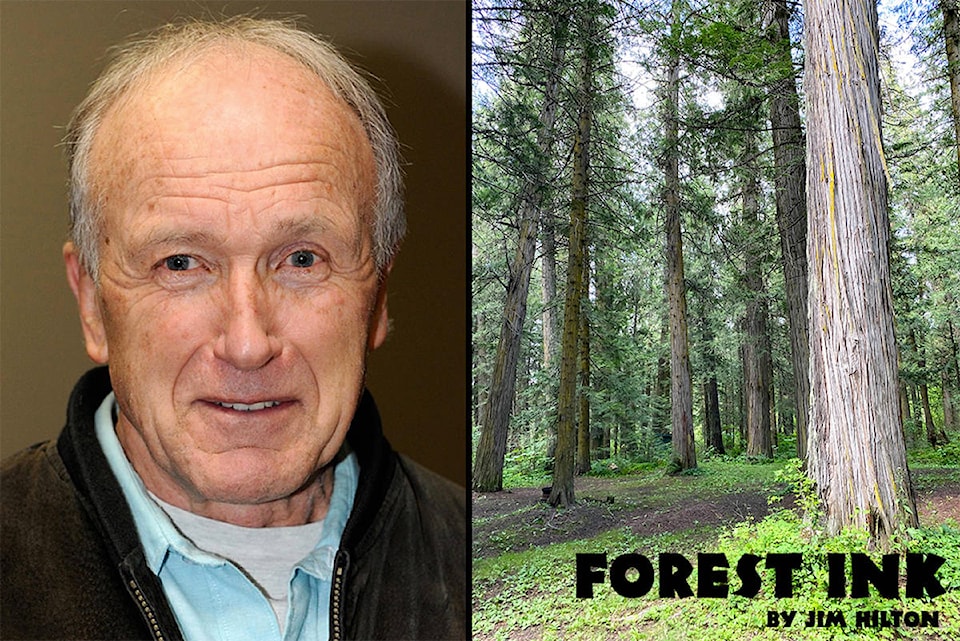There is lots of discussion these days about the need for science based decisions by government and even more about fake news and how to recognize it.
In the 1970’s most of the University research was available in science journals stored at the University libraries which I used extensively for background information for my master’s thesis . With the encouragement of my professor we published part of my thesis in one of the related science journals. Not many members of the public had access to any of this information even if anyone was interested in it apart from someone in the same line of work.
Last year I spent considerable time on the internet researching topics for the articles I have published in the local papers. I have been amazed at how much information is available on line. Out of curiosity, I looked for any papers on the work I had been involved with in a Colombian research station in the 1970’s. Within a few seconds I found a reference to a paper published on the work I had done along with a number of other researchers.
The amount of information available online and the speed of finding specific topics is truly the stuff of science fiction movies from 20 years ago. One of the challenges is to transform the massive amount of information into a form that is understandable by the majority of the public. Some documentaries on the Knowledge Network, OASIS and National Geographic to name a few have done a good job. I have also found TED talks informative. A theme is often chosen and a number of speakers are invited who have done some work on the particular theme.
One such example was about mushroom-related research entitled “9 ways mushrooms could drastically improve the world” which aired on October 29, 2013. Four speakers had around half an hour to present their topics which included the following: Warding off a phosphorus crisis, cleaning polluted soil, curbing smallpox and the flu, providing environmentally-friendly insect extermination, growing new forests, developing alternate fuel, revolutionizing the funeral industry and replacing throw-out plastics.
Biologist Mohamed Hijri describes how mushrooms can improve a plants utilization of phosphorous and thereby slow down its use and save it for future generations.
Paul Stamets has filed 22 patents for mushroom-related technologies he has developed and in this talk he shares six ways that mycelium fungus could save the world. Jae Rhim Lee described her mushroom burial suit which she hopes will prove capable of gobbling up toxins in the body and speeding up decomposition.
The last speaker Eben Bayer describes how mushrooms can replace plastic. Agricultural byproducts are placed in a form (basically whatever shape you want)and then mushroom shells are added which act just like yeast in bread making. Over a couple of days, they digest the agricultural byproducts and form them into strong, beautiful bio-composites.
TED talks take place in front of a live audience while recording for the internet. The speakers are not paid but get travel expenses while participating at the events.
Like many YouTube videos the number of viewers is shown for each presentation. In this case at the end of 2020 the total viewing of the four presentations was over ten million. We are now in a position to be better informed that ever before but on the down side there is lots of information that is not science based and more designed to promote an often narrow and biased point of view. Beware of people who are not willing to have an open productive discussion about a topic of mutual interest.
READ MORE: The benefits of branch wood chips
Like us on Facebook and follow us on Twitter.
